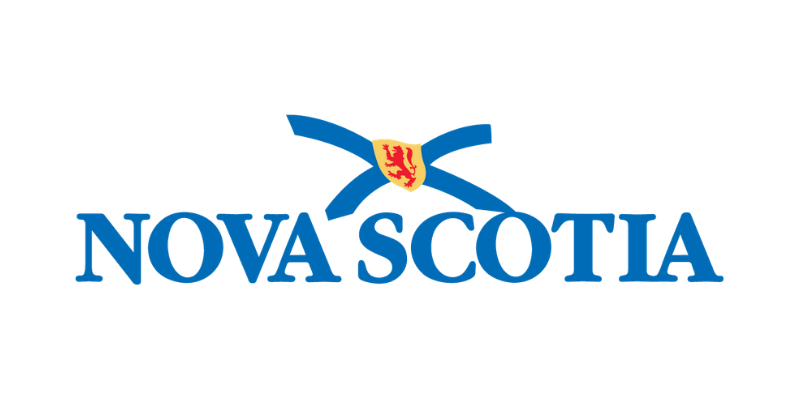
February 2, 2021
About this Report:
Each year, ESDC/Service Canada undertakes analysis on occupational job prospects and wages across all regions of Canada. The results, published to www.jobbank.gc.ca, serve to support Canadians in making informed decisions on education, training, and employment opportunities. This report examines occupational employment trends in Nova Scotia arising from the impacts of the COVID-19 pandemic. It focuses on occupations that have been most impacted across various segments of the economy, as well as those in-demand by employers. Drawing on insights from various sources, the analysis offers considerations as to how job prospects will unfold in the year ahead.
How COVID-19 is Affecting the Labour Market
The effects of COVID-19 on the labour market in Nova Scotia have been comparable to much of the rest of the country. During the spring, businesses in several industries were forced to suspend normal operations under a provincial Health Protection Act Order. Others opted to close as consumers avoided nonessential outings. This triggered a swift employment decline through March and April as 75,400 workers were laid off. Since then, the labour market has experienced an incomplete recovery: from April to October, employment went up by 62,900, equivalent to about 83% of the jobs shed in the spring. Total employment in October was 2.7% below the most recent pre-pandemic level measured in February.
Individual industries have experienced very different impacts from COVID-19. Retail trade, accommodation and food services, and information, culture and recreation were hardest hit by travel and physical-distancing restrictions. Layoffs have continued to occur following the “reopening” of the economy in June as businesses adjust to ongoing conditions. Building activity in the construction industry has been a bright spot, thanks to a surge of renovations, a tight housing market and several large highways, hospital, and school projects. Employment in this sector has not fully recovered yet, however. Many office-based occupations also fared well as employees were able to work from home.
Multiple variables will affect the pace of recovery. Vaccines are expected to become widely available in 2021, though precise timeframes are not yet known. Presently, some economic forecasts anticipate that the recession in Nova Scotia will be less severe than in other provinces due in part to the low number of cases. However, a second wave of COVID-19 could prompt new restriction, such as those imposed on Halifax-area restaurants in late November. Furthermore, the full effect of travel restrictions—which have been instrumental in avoiding a second outbreak—is not yet known. For businesses that rely on tourism, the ability to remain solvent will be determined by the state of travel restrictions in 2021 and financial supports provided in the interim.
